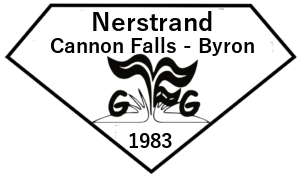We want to thank Josh Schofner, Brad Carlson, Brad Englund, and Billy Bonderson for taking time out of their busy schedules to update our growers on agronomic insights, data & research, and new regulations for 2018. Also, a big thank you to all those who attended, the conditions were not ideal due to the heavy snowfall the night before, regardless we still had a great turn out. We hope everyone left with valuable information as we are fortunate to have such knowledgeable individuals as resources and business partners. For those who were unable to attend, here are some key takeaways from our experts…
Josh Shoffner- Pioneer Agronomist
- Stand counts: Both corn and soybeans. Stand counts are more common in corn but last year was a tough year for the emergence of soybeans as we saw a lot of early moisture which caused crusting, delayed emergence, and decreased the population of soybeans.
- Crop Nutrition: P & K may be the most limiting factor in a growers fertility program. Assure that crop removal and crop uptake is accounted for.
- Corn producers who are on Twitter, average 12 bushels an acre better than those who aren’t.
Brad Carlson- Extension Educator, University of Minnesota.
- Utilize cutting-edge tools for monitoring and refining management approaches.
- Look at implementing zone management practices, based on yield potential and yield response to nitrogen.
- Minnesota Governor Mark Dayton is trying to push through Nitrogen fertilizer rule as a groundwater protection rule. Growers are encouraged to get involved with this matter as it will directly affect them, as it will cause limitations on N usage.
Brad Englund- ADM, Fertilizer Market Update
- There is about $5 million tons of new nitrogen production in Minnesota.
- Morocco has the largest Phosphorus reserves in the world. The U.S. Production of Phosphorus has been steeply declining.
- It cost’s the U.S. roughly $30 per ton to import Moroccan Phosphate via barge.
Billy Bonderson- BASF, Dicamba Soybean Regulations
- No application is permitted for 1 hour after sunrise and 2 hours prior to sunset.
- When the temperature is forecasted to be 85 degrees or higher, no applications of Dicamba are permitted.
- To see all tank-mix partners for Engenia, go to http://agproducts.basf.us/campaigns/engenia/tankmixselector/
